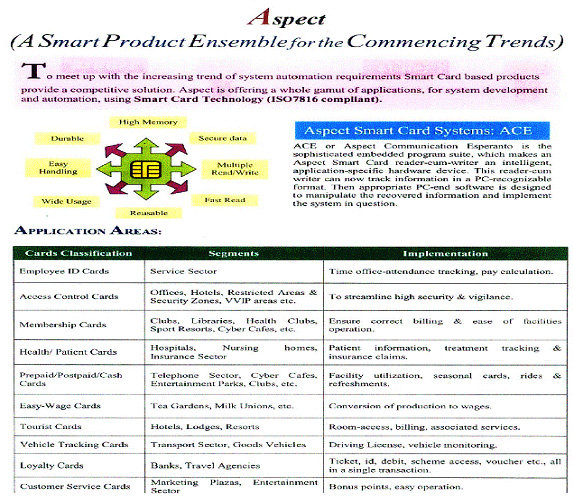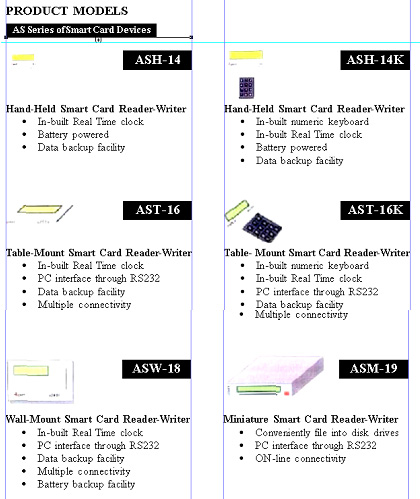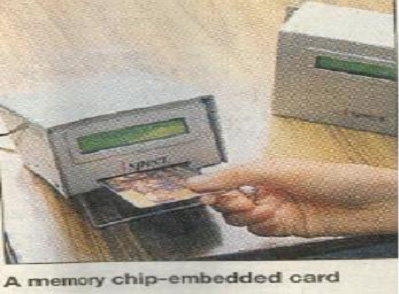COMPUTERS IN MEDICINE - The Road Ahead
Dr. Abhijit Mukherji
Guest Lecture
Introduction
Some years have passed since the first Conference on Telemedicine was held in Sikkim, in which the author had presented a glimpse of a standardization system we were working on at that time, under the generic name of the "A.N.A.H.I.T.A." protocol (Acquisition & Networking Algorithms for Health Information Transmission & Archiving). This had to do with acquisition and pre-processing of medical text, data, images and waveforms, followed by near loss-less compression for transmission and reception on the Internet. Many developments technologically have taken place the world over, with increasing emphasis being placed on (i) storage and correlating multi-modal data in hospital computers in a secure manner for physicians and administrators, (ii) interfacing medical equipment directly with the Internet, for data-transmission and fault-finding, and (iii) compressing and encrypting medical data with the principle aim of storing on universally readable smart-cards. Shorn of technical jargon, the present paper addresses the third problem, taking into account the importance being attached by the Government and the Medical profession alike, in making available unique smart-cards available to all citizens in the future for multivariable data to be stored and retrieved in a secure, efficient and simple manner. The technology for this has already arrived on the scene.
All about Smart Cards
The importance of the advent of Smart Card technology can be gauged from the fact that the Department of Information Technology of the ITC Ministry, Govt. of India is sponsoring the 6th Smart Cards Expo in Delhi early September this year, in which some hundred national and international organizations are participating. Part of the current work depends on the latest technologies being show-cased at the Expo, just preceding this Conference. At the same time, embedded-chip technology has taken such a giant leap forward, that 128MB micro-cards, with concomitant readable attachments on PCI-MC slots of Desktop PCs (and most Laptops) are becoming commonplace at increasingly affordable prices (in the order of Rs 1000-2000). Considering the fact that digitized medical images (radiography as well as pathology slides) require approximately 200-400 KB of data memory per frame -without compression - and 12-lead electrocardiography of 4 sec duration requires a mere 12 KB at a sampling rate of 250/sec, it is technically feasible to store abundant biomedical data on smart-cards even without compression; the text part of the patient-data, in the form of clinical observation, identity, even graphical inputs like Pulmonary function tests or Stress-tests, occupy comparable memory space. Alternatively, memory space should be adequate for EEG/Evoked Potential.
In principle, then, it should be feasible to store all relevant information pertaining to a patient in some 0.5 MB storage space, leaving ample room for biometric data like facial picture, finger-prints/voice-prints, and other requisite identification material. In theory, it should be possible to encrypt even banking/financial information in a 512 KB Smart card, (and possibly even obviate the need for voting cards and driving licenses in the future), making medical billing possible via the same media as the medical data card. All that is left then, in theory, is to have access to low-cost read/write card-readers, on the one hand, and universally acceptable standards, on the other, for Medial Smart Cards to become a universal reality, in the same sense as floppy-discs, CD-ROMs, ZIP-drives, or DVDs.
The ASPECT technology :
A couple of years back, a small group of computer professionals from Kolkata precisely achieved this. The acronym, standing for 'A Smart Product Ensemble for Commencing Trends', was meant originally as a pre-cursor to an universal system- not originally meant for medical applications in particular - but aimed at employee-ID, club-membership, tourist-related, salary or wage card, cash-card, banking and customer-service. Health/Medical insurance was an additional benefit, but in the long run, it is likely to prove the most important of all the applications, given adequate memory capacity: after all, health and medical data are a necessary and universal requirement, while all other applications are optional, secondary, or could be subsumed into a Smart Card which has enough memory to hold the rest of information. The schematic of the ASPECT system is given in Diagram - 1 below. From the point of view of Medical Technology, what is of importance to note is that (a) the systems can be miniaturized; (b) they can transfer data through standard serial-ports; and hence, (c) in principle, it could be embedded into the main-frame of a standard desk-top Personal Computer, at low cost and complexity, by removing the exteriors, power-supplies, wiring.
This is especially applicable for ASM-19 type Smart-Card reader-writer, shown in Diagram- 2. Thus, one can foresee such a simple indigenous technology to become a standard part of any Hospital Computer - and in the future, hopefully of any PC, given the availability of Smart Cards of sufficiently high memory and low cost. Enhancement into Lap-top & Palm-top PCs will have to wait for necessary cost competitiveness, protocols, and standardization.
DIAGRAM -1

The Smart-Card reader-writer applications, comprising of hand-held, wall-mounted,desk-top and miniature systems is given in Diagram 2 below.
DIAGRAM - 2

Finally, a visual picture based on a write-up on the system, is shown in Diagram 3 below depicting an external PC add-on module using a serial interface.
DIAGRAM - 3

ISO 7816-1 (Part1): Physical Charcteristics of Integrated Circuit Cards
This part describes the physical charcteristics of integrated circuit cards. It includes accomodation of exposure limits for a number of electromagnetic phenomena such as X-rays, UV light, elacromagnetic fields, static electrical fields, and ambient temperature of the card.
Furthermore ISO 7816-1 defines the characteristics of a card when it is bent or flexed. This is to make sure that plastic cards with embedded chips are manufactured in a way that guarantees flawless operation over the expected life time of a card. Connections between the surface connectors and the I/O pins of the embedded silicon die must be maintained and withstand mechanical stress. Bending and flexing procedures are standardized in ISO 7816.
This part of ISO 7816 is important for card manufacturers. They are the ones that choose the materials and establish a process that embeds the integrated circuit into the card.
ISO 7816-2 (Part 2): Dimensions and Location of the Contacts
ISO 7816 part 2 defines the dimensions and location of the contacts. This part includes standards about number, function and position of the electrical contacts.
The integrated circuit card (ICC) has 8 electrical contacts. They are referred to as C1 through C8. However, not all 8 contacts are electrically connected to the embedded microprocessor chip and therefore unused at the present time.
Some smart cards issued before 1990 were adherent to a different standard for the contact location and therefore can't be used with today's ISO7816-2 compliant smart card readers. These cards were deployed primarily in Europe.
ISO 7816-3 (Part 3): Electronic Signals and Transmission Protocols
This part describes electronic signals and transmission protocols of integrated circuit cards, and is a version that is available on the Internet. If you need the official version of this part, please contact ISO in Switzerland.
Most of ISO 7816- 3 is important for reader manufacturers or developers who want to establish a communication with a smart card on a very low level, the signal level. Going through ISO 7816-3 one can see what's involved in writing one's own I/O software. This can be either to communicate from a micro-controller or a PC's serial/parallel/USB/PCMCIA port. Even if one does not intend to go that far, it is interesting to read about what one can get out of an Answer to Reset (ATR).
There are many tools out there to read an ATR. Even on the Smart Card Web- site http://www.cardwerk.com/smartcards/smartcard_standard_ISO7816-1.aspx, a remote version of a free ATR probing tool is available, that reads and interprets an ATR over the Internet. All one need is a PCSC compliant Smart Card reader attached to a PC with an Internet connection.
Concluding remarks
So far, Telemedicine technology has been groping for paradigms and portents for the future, in the expectation that some form of universally acceptable encoding, encryption, storage/retrieval and transmission system could be achieved acceptable to all - physicians, hospital administrators, and computer specialists alike. With the kind of Smart-Card technology described above, the fourth - and equally important - aspect of the problem has been attempted to be addressed, namely, patient acceptability. The next step, logically, would be to have an integrated protocol to seamlessly integrate Smart Card and Internet technologies.
The fact that the technology presented has been indigenously developed and easily affordable, makes it an excellent candidate for real-life applications in the field of Computer applications in Medicine. What is awaited, during the course of the year, is the availability of large memory and low-cost Smart-Cards using embedded chip technology, a technological goal which is visible over the horizon.
( The author is a Biomedical Engineer, a Life-member of the Biomedical Society of India as well as the Computer Society of India, and has served as R & D, production and marketing executive in several Medical Electronics Industries )